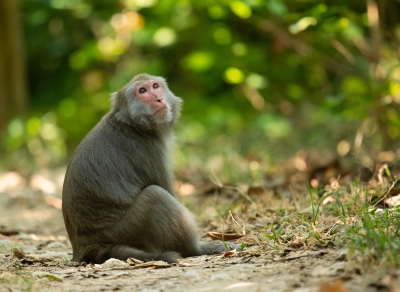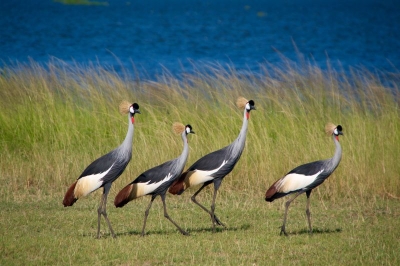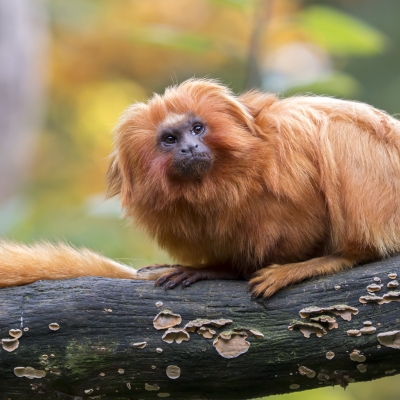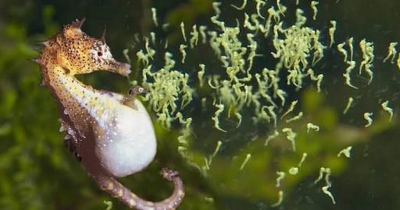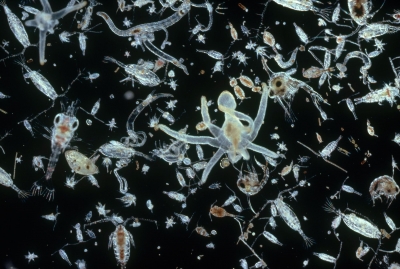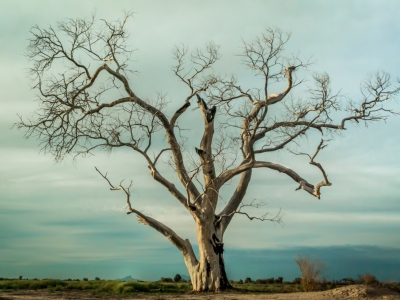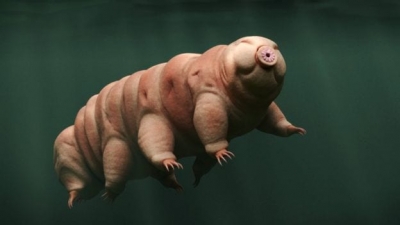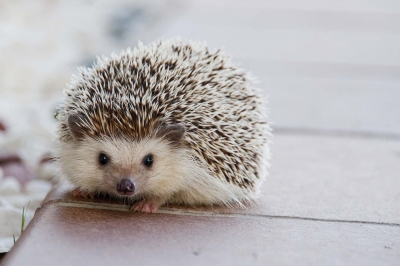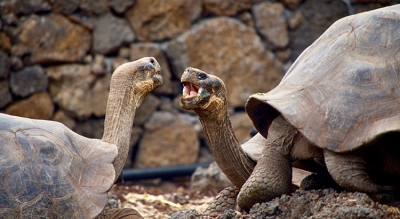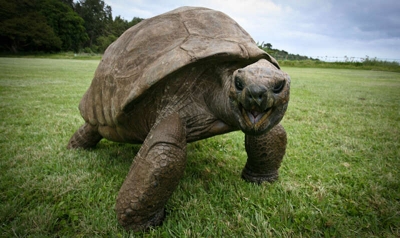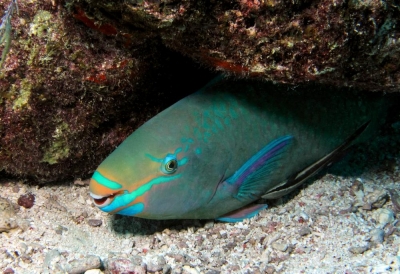Where is emu found?
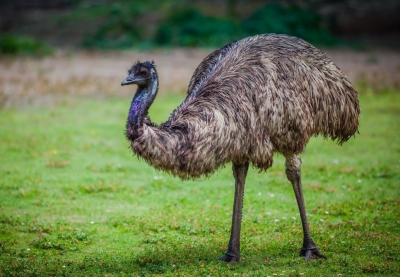
Emus live only in Australia, where they are widespread. Subspecies once existed on Tasmania and King Island, but they are now extinct. Emus live in eucalyptus forest, woodland, heath land, desert shrub lands and sand plains. It is found in desert areas only after heavy rains have caused growth of herbs and grasses and heavy fruiting of shrubs. Emus also live close to Australia's big cities, but are no longer found where native vegetation has been cleared for agricultural land.
Emu migrations may be a result of human agriculture. The establishment of artificial but permanent watering points in the Australian inland, where cattle and sheep graze, has enabled emus to expand into places from which they were previously excluded by lack of water. In some areas, they are now considered pests.
In arid Australia, emus will travel hundreds of miles to find another source of food or water. They must have daily access to fresh water. When food is abundant, an emu stores large amounts of fat, and is able to use this while looking for more food. Birds may lose up to 50 percent of their weight while searching for food. Emus pattern their movements to track with recent rainfall. They appear to depend mainly on the sight of rain-bearing clouds but sound cues from thunder and the smell of wet ground may also be involved.
Emus eat the parts of plants that have the most concentrated nutrients: seeds, fruits, flowers and young shoots. They also eat insects and small vertebrates when they are easily available. They will not eat dry grasses or mature leaves. Emus ingest large pebbles up to 1.6 ounces (45 grams) to help their gizzards grind up food. They also often eat charcoal.
At the Smithsonian's National Zoo, the emu is fed ratite pellets and occasionally greens such as kale and romaine.
Credit : National Zoo
Picture Credit : Google
